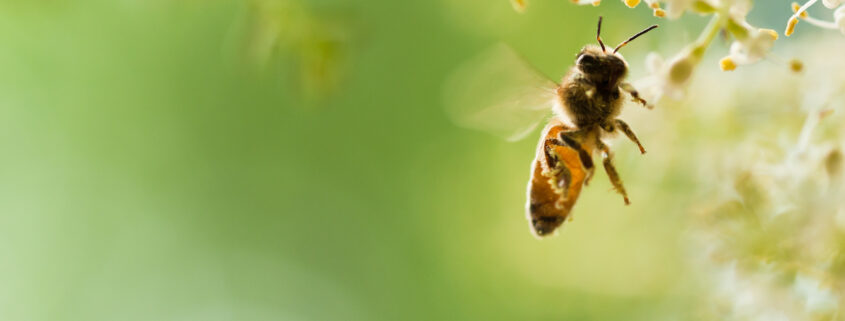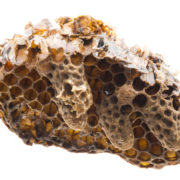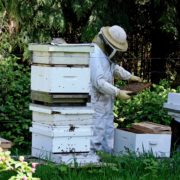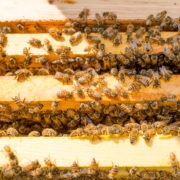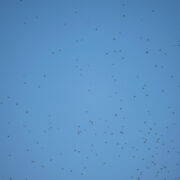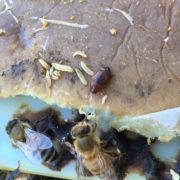The Worker Bee: A Labor Day Tribute to Nature’s Workforce
The phrase “busy as a bee” rings true when considering the remarkable worker bee. These tireless creatures are the backbone of the hive, responsible for its every function. Unlike the queen, whose sole purpose is to reproduce, worker bees are the ultimate team players, prioritizing the collective good above individual glory.
Interestingly, worker bees make up the vast majority of the bee population, often outnumbering the queen and drones by thousands. They are the engine that drives the hive’s success. In fact, during the colder months, when the queen and drones are inactive, the entire colony relies solely on the tireless efforts of the winter bees.
Another fascinating fact is that all worker bees are female. This societal structure is not unique to bees; insects in general tend to be matriarchal, with females playing dominant roles. Even more intriguing is that young worker bees, less than three weeks old, possess ovaries and can lay unfertilized eggs, although these eggs never develop into adult bees.
But what distinguishes a worker bee from the queen? Worker bees are smaller in size, have pollen baskets on their hind legs for collecting pollen, and possess a barbed stinger, unlike the queen’s smooth one. The barbed stinger serves a crucial purpose for the worker bee: it allows her to defend the hive, but at the cost of her own life. The queen, on the other hand, can sting repeatedly without dying.
The average lifespan of a worker bee is six weeks, although they can live longer during the winter months. During this short period, worker bees undertake a variety of tasks, which change depending on their age. Younger bees, known as house bees, focus on internal duties such as cleaning the hive and nurturing the larvae. As they mature, they transition to become field bees, venturing outside to gather pollen and nectar.
Worker bees exemplify the true spirit of Labor Day. They work tirelessly, often performing thankless tasks, yet their contributions are essential to the survival and prosperity of the hive. Just as we celebrate the contributions of human workers on Labor Day, we should also acknowledge the remarkable efforts of these tiny, yet mighty, creatures.

